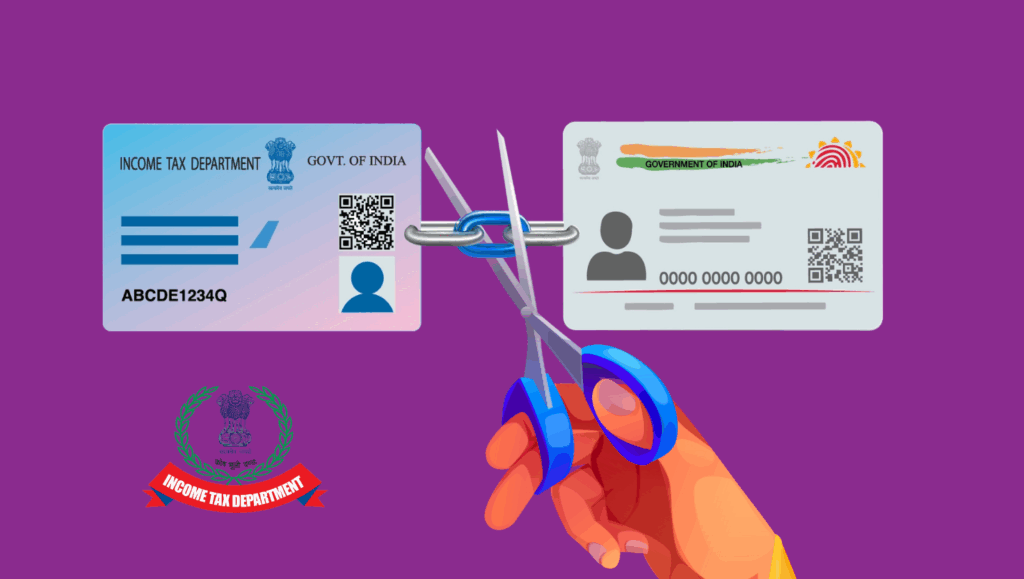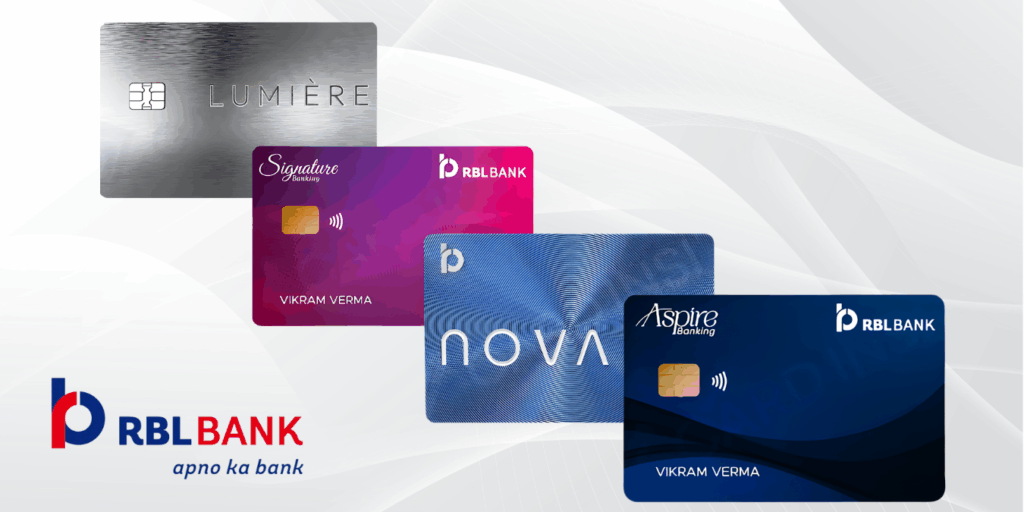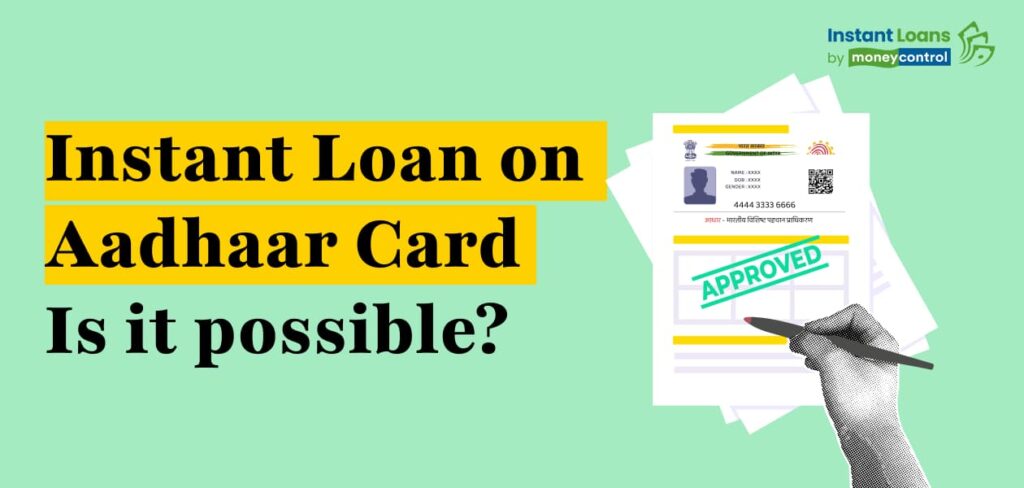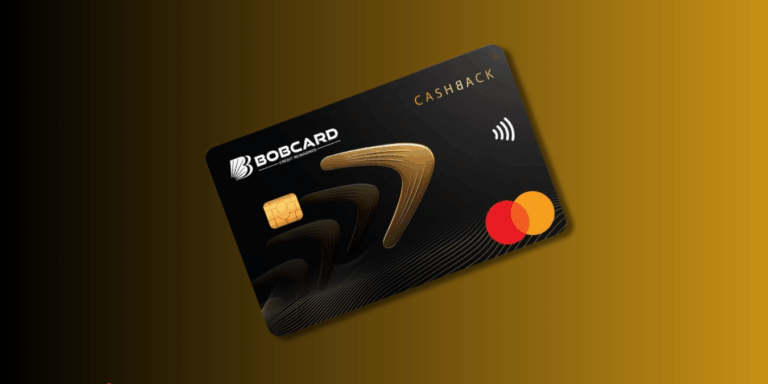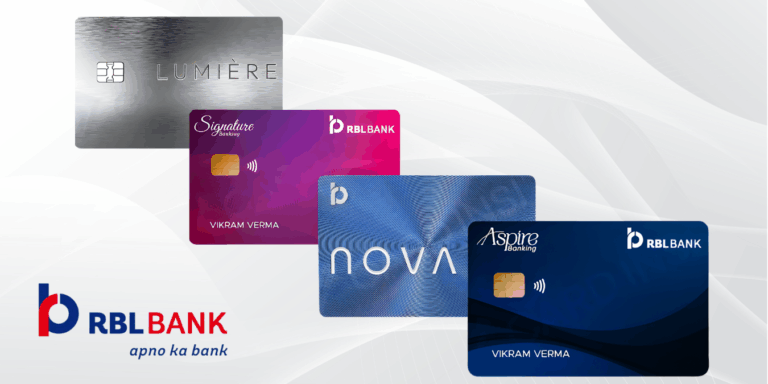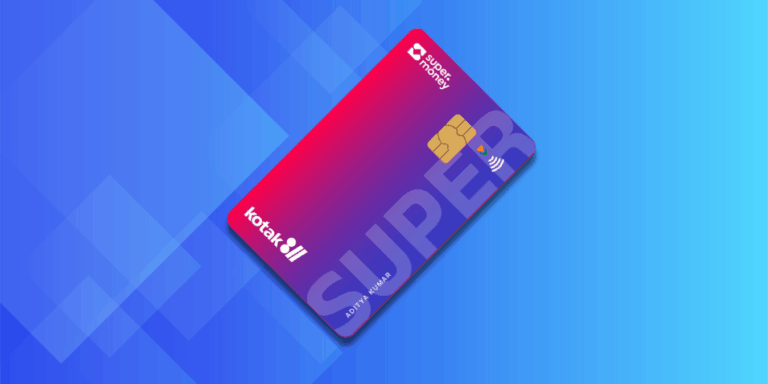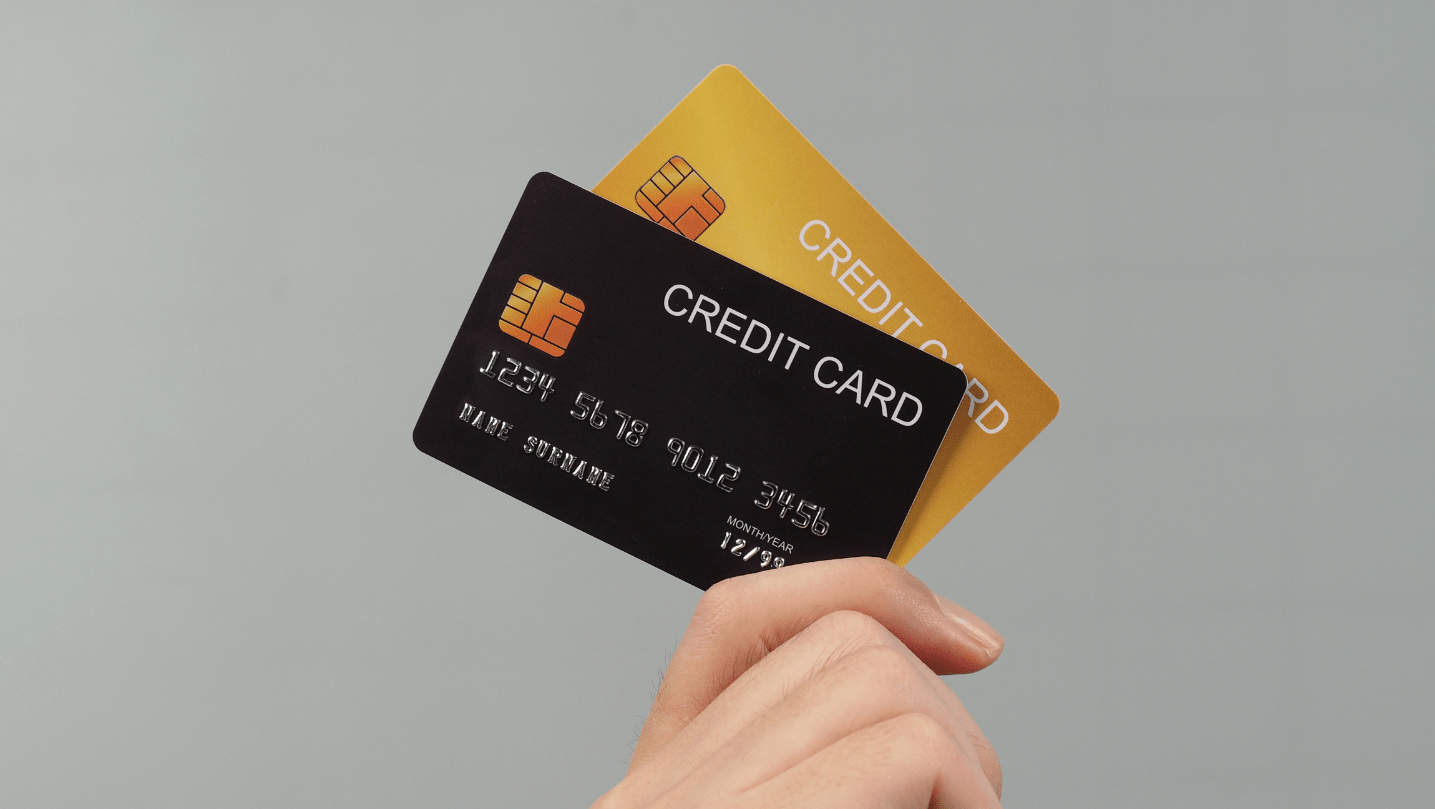
“Learn how to transfer money from your credit card to a bank account with 5 simple methods. Discover balance transfers, cash advances, and digital payment apps. Save on fees, avoid high interest, and manage funds efficiently. Your ultimate guide to seamless credit card-to-bank transfers!”
Transferring money from a credit card to a bank account can be a convenient solution for managing cash flow, covering unexpected expenses, or consolidating debt. However, it’s essential to understand the methods, costs, and potential risks involved. The ability to transfer money from your credit card to a bank account has become an essential financial tool. Whether you need to cover an emergency expense, pay bills, or simply move funds for better management, knowing how to transfer money from a credit card to a bank account can save you time and effort. In this comprehensive guide, we’ll explore five simple ways to transfer money from your credit card to a bank account, along with the latest data, tips, and SEO-optimized insights to help you make informed decisions.
Why Transfer Money from a Credit Card to a Bank Account?
Before diving into the methods, let’s understand why someone might want to transfer money from a credit card to a bank account:
- Emergency Funds: Credit cards often have higher limits than bank accounts, making them a useful resource during emergencies.
- Bill Payments: Transferring funds to a bank account can help you pay bills that don’t accept credit card payments directly.
- Debt Consolidation: Moving money from a credit card to a bank account can help you manage or consolidate debts.
- Cash Flow Management: It allows you to access cash when your bank account balance is low.
However, it’s important to note that transferring money from a credit card to a bank account may involve fees, interest charges, and potential impacts on your credit score. Always weigh the pros and cons before proceeding.
Five Simple Ways to Transfer Money from Your Credit Card to a Bank Account
1. Bank Transfer (Balance Transfer)
A balance transfer is one of the most common ways to move money from a credit card to a bank account. This method involves transferring the available credit limit from your card to your bank account.
How It Works:
- Contact your credit card issuer or log in to your online banking portal.
- Request a balance transfer to your linked bank account.
- Provide the necessary details, such as your bank account number and the amount you wish to transfer.
- The funds will be deposited into your bank account, usually within 1-3 business days.
Key Considerations:
- Fees: Balance transfers typically incur a fee, ranging from 2% to 5% of the transferred amount.
- Interest Rates: Some credit cards offer low or 0% introductory APR on balance transfers, but standard rates may apply after the promotional period.
- Credit Score Impact: Frequent balance transfers can affect your credit utilization ratio, potentially impacting your credit score.
2. Cash Advance
A cash advance allows you to withdraw cash from your credit card, which you can then deposit into your bank account.
How It Works:
- Use an ATM to withdraw cash using your credit card.
- Deposit the cash into your bank account.
- Alternatively, visit your bank and request a cash advance directly into your account.
Key Considerations:
- Fees: Cash advances often come with high fees, typically 3% to 5% of the withdrawn amount.
- Interest Rates: Cash advances usually have higher interest rates than regular purchases, and interest starts accruing immediately.
- Limits: Your cash advance limit may be lower than your total credit limit.
3. Third-Payment Payment Apps
Digital payment platforms like PayPal, Venmo, and Cash App offer convenient ways to transfer money from your credit card to a bank account.
How It Works:
- Link your credit card to the payment app.
- Transfer funds from your credit card to the app.
- Withdraw the funds from the app to your bank account.
Key Considerations:
- Fees: Some apps charge a fee for credit card transactions.
- Limits: There may be daily or monthly transfer limits.
- Speed: Transfers can take 1-3 business days, though instant transfers may incur additional fees.
4. Online Money Transfer Services
Services like Western Union, MoneyGram, and TransferWise (now Wise) allow you to transfer money from your credit card to a bank account.
How It Works:
- Create an account with the money transfer service.
- Link your credit card and bank account.
- Initiate a transfer, specifying the amount and recipient details.
Key Considerations:
- Fees: Fees vary depending on the service and transfer amount.
- Exchange Rates: For international transfers, be mindful of exchange rates.
- Speed: Transfers can take anywhere from a few minutes to several business days.
5. Direct Bank Transfer via Credit Card Issuer
Some credit card issuers offer direct transfer options, allowing you to move funds from your credit card to your bank account seamlessly.
How It Works:
- Log in to your credit card account online or via the mobile app.
- Navigate to the transfer or payment section.
- Select the option to transfer funds to your bank account.
- Enter the required details and confirm the transfer.
Key Considerations:
- Fees: Check for any transfer fees or interest charges.
- Limits: There may be limits on the amount you can transfer.
- Speed: Transfers are usually processed within 1-2 business days.
Latest Stats and Trends in Credit Card Transfers
Credit card transfers have seen significant growth and transformation in recent years. Here are some of the latest stats and trends:
- Increase in Credit Card Usage: Credit card transactions have surpassed debit card transactions in both volume and value. In April 2023, there were 25 crore credit card merchant transactions compared to 22 crore debit card transactions, with the total value of credit card transactions reaching ₹1.33 lakh crore.
- Digital Payments Growth: The digital payments sector in India continues to expand rapidly, with a year-on-year transactional volume growth of 42% in FY 2023-24. This growth is expected to triple by FY 2028-29.
- Regulatory Initiatives: The Reserve Bank of India’s Payments Vision 2025 aims to enhance digital payment access, expand the global outreach of UPI and RuPay cards, and link credit cards to UPI. These initiatives are set to further boost the adoption of digital payments and credit card usage.
- Emergence of E-Wallets: E-wallets like Paytm, Google Pay, and PhonePe have become popular for transferring money from credit cards to bank accounts. These platforms offer convenience and ease of use, contributing to the growing trend of digital transactions.
- Technological Innovations: Innovations such as the Unified Payments Interface (UPI), Bharat Bill Payment System (BBPS), and the introduction of the central bank digital currency (eINR) are reshaping the financial landscape in India.
- Financial Inclusion Efforts: Government initiatives like the Pradhan Mantri Jan Dhan Yojana (PMJDY) have significantly increased access to financial services, with over 2.02 trillion accounts opened under this program.
These trends indicate a robust growth trajectory for credit card transfers and digital payments in India, driven by regulatory support, technological advancements, and increasing consumer adoption.
Tips for Minimizing Fees and Charges
- Compare Fees: Always compare fees across different methods to choose the most cost-effective option.
- Check Interest Rates: Opt for methods with lower or 0% introductory interest rates.
- Avoid Cash Advances: Due to high fees and interest rates, cash advances should be a last resort.
- Read the Fine Print: Understand the terms and conditions of your credit card issuer and transfer service.
- Monitor Your Credit Score: Frequent transfers can impact your credit score, so keep an eye on your credit report.
Transferring money from your credit card to a bank account is a convenient way to access funds when needed. By understanding the five simple methods outlined in this guide—balance transfers, cash advances, third-party payment apps, online money transfer services, and direct bank transfers—you can choose the option that best suits your needs. Always consider the associated fees, interest rates, and potential impacts on your credit score before proceeding.
With the latest data and trends pointing toward the growing popularity of digital payment solutions, staying informed about your options is more important than ever. Whether you’re managing an emergency expense or consolidating debt, these methods provide flexibility and convenience in today’s digital age.
Frequently Asked Questions
1. Is it legal to transfer money from a credit card to a bank account?
Yes, it is legal as long as you follow the terms and conditions set by your credit card issuer.
2. How long does it take to transfer money from a credit card to a bank account?
Transfers typically take 1-3 business days, though some services offer instant transfers for a fee.
3. Can I transfer money internationally using my credit card?
Yes, but be mindful of exchange rates and international transfer fees.
4. Will transferring money from my credit card affect my credit score?
It can, especially if it increases your credit utilization ratio or if you miss payments.
-

The $5,000 Welcome Bill: Why the US Border Just Became a Lifetime Debt Trap for Indians in 2025
-

HDFC Bank Just Cut Rates, But Your EMI Won’t Budge: The ‘Ghost Clause’ That Could Cost You Millions in 2025
-

The “American” Baby Trap: Why SCOTUS’s 2025 Review Could Leave Your Child Stateless
-

Market Morning Brief: Indian Stock Market Trends & Actionable Insights for Monday, December 08, 2025



